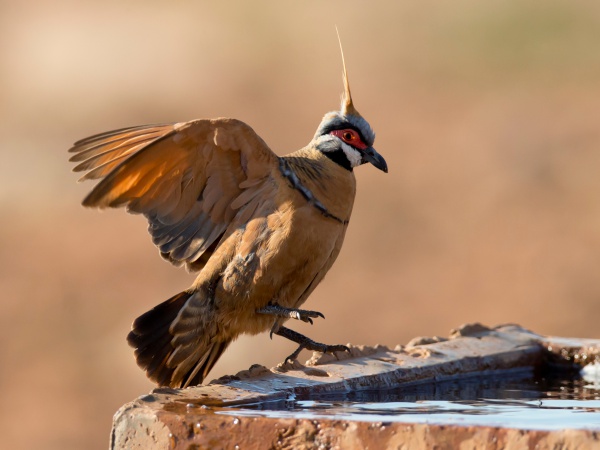Facts About Spinifex pigeon
The Spinifex pigeon, also known as the plumed-pigeon or gannaway pigeon, is a distinctive bird indigenous to Australia. As a member of the genus Geophaps within the bronzewing pigeon family, it is currently classified as a species of least concern on the IUCN Red List. These pigeons typically inhabit arid and semi-arid regions where grasses such as Triodia and Plectrachne form hummocks.
There are three subspecies of the Spinifex pigeon, each adapted to different geographical regions. These variations likely emerged due to climatic changes during the Pleistocene epoch that resulted in isolated populations. The Spinifex pigeon is small and compact, with rufous-brown plumage and distinctive facial markings. The color of their belly can vary depending on their specific habitats.
Spinifex pigeons are commonly found across northern and central Australia, particularly in rocky areas with hummock grasses. They thrive in environments characterized by extreme temperatures and seasonal rainfall. These pigeons are social creatures, often observed in small groups near permanent water sources.
Their breeding season spans the entire year, with peaks in spring and summer. They forage on the ground for seeds, plants, and insects, typically in open spaces between grass tussocks. The Spinifex pigeon has evolved special adaptations to survive in desert conditions, including mechanisms to manage water intake and regulate body temperature.
Although their habitat is threatened by overgrazing, improper fire management, and climate change, the Spinifex pigeon is not currently endangered. Many of their habitats are safeguarded within national parks. These pigeons are distinguishable from similar species, such as the crested pigeon, by their smaller size, unique plumage, and preference for desert habitats.
